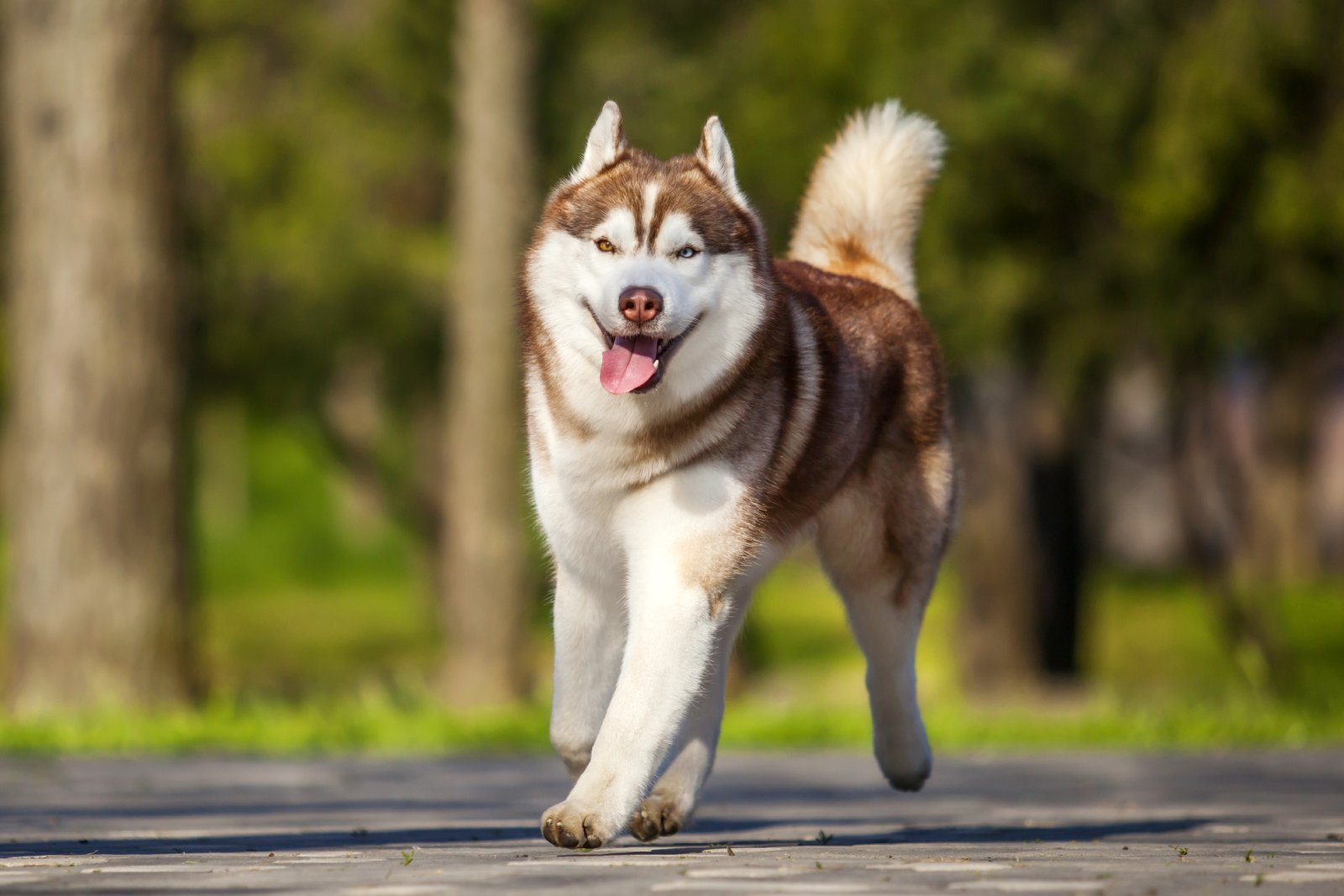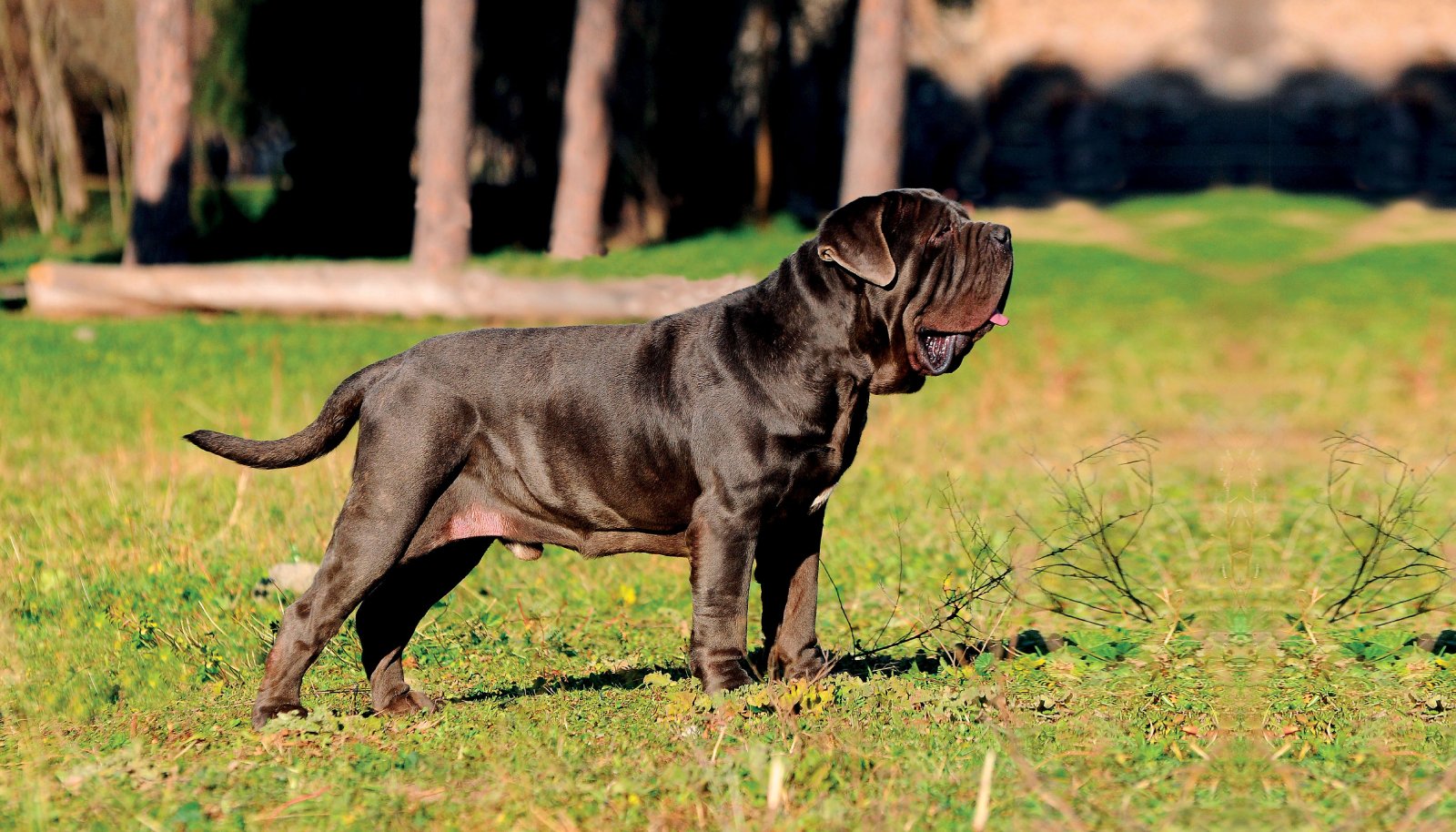When it comes to dog bites, some breeds have gained a notorious reputation. But which are they, and what makes them more likely to bite? Is your dog on the list? Here’s what the latest UK statistics reveal about the breeds with the highest bite rates.
1. American Pit Bull Terrier

Pit Bulls are frequently cited for their high bite rate and are responsible for a significant percentage of serious bite incidents. Their strong jaws and protective nature make them prone to aggressive behaviour if not properly socialised.
2. Rottweiler

Rottweilers are known for their strength and protective nature, which can lead to aggressive behaviour if not properly managed. They are often involved in serious bite incidents due to their size and power.
3. German Shepherd

German Shepherds are often used in police and military roles due to their intelligence and strength, but these traits can also contribute to aggressive incidents if the dog is not well-trained or socialised. They require consistent training to manage their protective instincts.
4. Staffordshire Bull Terrier

Despite their affectionate nature towards people, Staffordshire Bull Terriers have been involved in a number of bite incidents, likely due to poor training or fear aggression. Their muscular build can make their bites particularly severe.
5. English Bull Terrier

Known for their distinctive ‘egg-shaped’ head, English Bull Terriers can be impulsively aggressive and are statistically among the breeds more likely to bite. Proper training and socialisation are crucial to manage their behaviour.
6. Doberman Pinscher

Dobermans are powerful and protective, making them excellent guard dogs, but without proper training, their protective instincts can manifest as aggressive behaviour. They need a firm and consistent hand to ensure they are well-behaved.
7. Bullmastiff

Bullmastiffs are large, powerful dogs that can become aggressive if they feel their territory or family is threatened, leading to higher bite statistics. Their size and strength require responsible ownership and training.
8. Siberian Husky

Originally bred as sled dogs, Siberian Huskies can be independent and sometimes aggressive, which might lead to biting if they are not properly trained or exercised. Their high energy levels need to be channelled through regular physical activity.
9. Mastiff

Including various sub-breeds like the Bullmastiff, Mastiffs are known for their giant size and can be daunting if not correctly trained, leading to instances of aggression. Their imposing presence requires dedicated training to manage effectively.
10. Alaskan Malamute

Similar to Huskies, Malamutes are strong and independent with a high prey drive that can result in aggressive actions if not controlled. They need plenty of exercise and mental stimulation to prevent destructive behaviour.
11. Akita

Akitas are powerful and possessive, often reserved with strangers and sometimes aggressive, which makes socialisation and training crucial. They can be very protective of their families, which can lead to aggressive incidents.
12. Chow Chow

Chow Chows are known for their aloofness and can be fiercely protective, which sometimes results in aggressive behaviour. They require early socialisation to ensure they are comfortable around people and other animals.
13. Boxer

Boxers are generally energetic and playful but can become overly exuberant, leading to unintentional aggression, especially if not properly managed. They need consistent training and lots of exercise to keep their energy in check.
14. Great Dane

Great Danes are gentle giants but can be protective and intimidating if provoked, leading to aggressive responses in some cases. Proper training and socialisation from a young age are essential.
15. Shar Pei

The Shar Pei is known for its deep wrinkles and sometimes for its standoffish and protective behaviour, which can lead to aggression. They require firm and consistent training to manage their independent nature.
16. Cane Corso

Cane Corsos are known for their guarding capabilities and can display aggression towards strangers if not properly trained and socialised. Their size and strength make them a breed that requires experienced handling.
17. Dalmatian

Dalmatians are energetic and need lots of exercise; without it, they can become irritable and sometimes aggressive. Regular physical activity and mental stimulation are key to managing their behaviour.
18. Weimaraner

Weimaraners are hunting dogs with a strong prey drive, and without adequate training, they can exhibit aggressive behaviours. They need consistent training and lots of exercise to keep their high energy levels under control.
Reality Bites

Understanding the traits and needs of these breeds can help in preventing unfortunate incidents. Proper training, socialisation, and care are essential for living harmoniously with any dog, especially those with a higher propensity for aggression.
The post High Bite Incidence: 18 Aggressive Dog Breeds first appeared on PawShore.
Featured Image Credit: Shutterstock / Ira Bushanska.
For transparency, this content was partly developed with AI assistance and carefully curated by an experienced editor to be informative and ensure accuracy.

